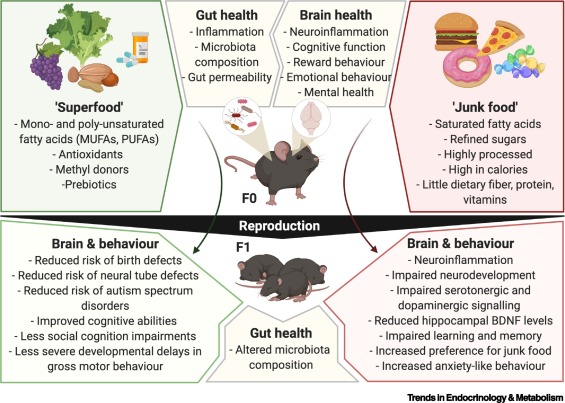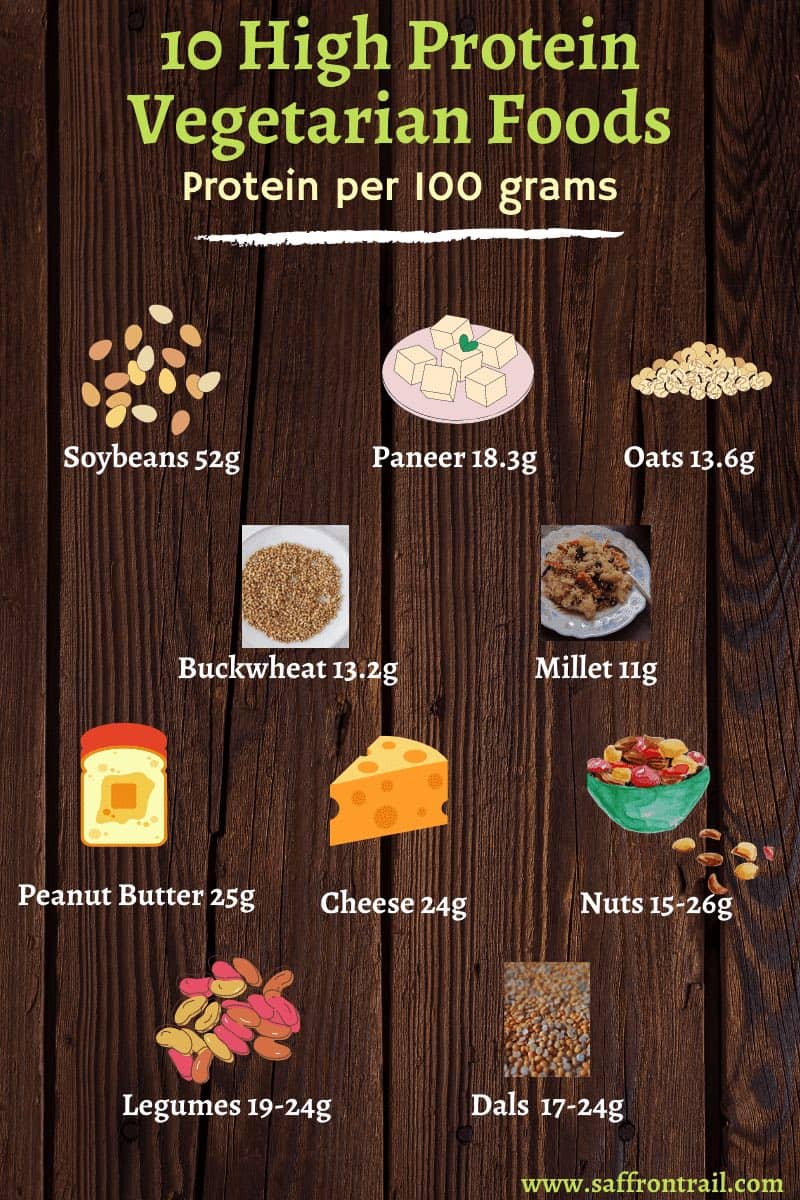
A vegan Thanksgiving casserole is great for vegans and those who are trying to eat more vegetables. This delicious, comforting dish is full of crispy comfort food flavors. While you will want to serve it with vegan sauce, it can be enjoyed on its own.
This vegan green bean casserole is full of flavor. The recipe calls for unsweetened almond milk, soy sauce, and can be substituted with oat milk or even oatflakes. Also, the dish can be topped off with crispy onions. It can be served in an oven-proof skillet or in a ceramic casserole dish. This is a great recipe that you can make up to a week ahead and then bake when you are ready. You can freeze it up to 3 months.
This casserole is great to serve both meat and vegetarians. It's easy to make and it reheats well. Make your own gravy if you are looking for a healthier alternative to traditional gravy. It can also be used as an accompaniment to any meal. It's a great way for you to get healthy protein.

This Vegan Shepherd's Pie is another hearty vegan Thanksgiving recipe. A shepherd's cake can contain a wide variety of ingredients. Sweet potato is the main vegetable of fall. However, carrots and parsnips are excellent choices. Cauliflower, which has a smooth texture and sweetness, can also be used. A vegan version can be made with coconut milk.
You can serve this casserole as an accompaniment with a hearty mashed potato. Stuffing that isn’t too wet works well with this casserole. You can also serve it with cranberry syrup. You can substitute orange flesh for the cranberry juice if you don’t have it. You can even make a vegan version of traditional cranberry sauce.
You'll need a casserole dish that is 8 or 9 inches square to make this casserole. You'll also need olive oil. You can also use a pan sheet or skillet instead of a dish. You can freeze the casserole for up to one week so that you are ready to bake it when you need it.
You will need to prepare the potatoes if you are serving this casserole as a main course. You'll want to use equal-sized potatoes. This will ensure they cook evenly. In your potatoes, you can also add onion powder or garlic powder. You'll want to use a fork to mix them in, and you can even use a spoon to even out the potatoes. If you want to serve this casserole with mashed potatoes, vegan butter or maple syrup will be needed.

This casserole has a delicious and nutritious vegan version. It's full of fiber and folate. It is also rich in protein. You can make this recipe gluten-free. You can even serve it to carnivores.
If you want to make this casserole gluten free, you can substitute the wheat flour for oat flakes or quinoa flakes. Also, you can use almond or vegan butter in the potatoes.
FAQ
How can I lower my blood pressure
You must first determine the cause of high blood pressure. Then, you can take steps to lower your blood pressure. This could include eating less salt, losing weight if necessary, taking medication, etc.
Also, make sure to get enough exercise. Try walking if you don’t find the time.
If you're not happy with how much exercise you're doing, then you should consider joining a gym. You'll probably want to join a gym where there are other people who share your goals. You will find it easier to keep to a workout schedule if you have someone to watch you at the gym.
What is the healthiest lifestyle to life?
Healthy lifestyles include eating healthy food, regular exercise, good sleep, and avoiding stress. If you follow these guidelines, you will be able to lead a long and healthy life.
Small changes to your diet or exercise routine can help you start losing weight. If you're looking to lose weight, walk for 30 minutes each morning. If you're looking for a way to increase your activity, consider taking up swimming or dancing. An online fitness program such as Strava or Fitbit that tracks your activity could be a good option.
What should I eat?
Consume lots of fruits, vegetables. They contain vitamins and minerals which help keep your immune system strong. Additionally, vegetables and fruits are high fiber. This helps to fill up and aids in digestion. Try to include at least five servings of fruit and veg per day.
Water is essential for your body. Water flushes toxins from the body and gives you a full feeling between meals. Drink about eight glasses each day.
Consume whole grains and not refined. Whole grains retain all nutrients including B vitamins, iron and zinc as well as calcium, magnesium, calcium, protein, and magnesium. Refined grains have been stripped of some of their nutrition.
Avoid sugary beverages. Sugary drinks are full of empty calories and lead to obesity. Instead, you can opt for water or milk, as well as unsweetened herbal teas.
Avoid fast food. Fast food has little nutritional value. It may taste great but it won't give you the energy you need to function properly. Instead, stick to healthier options like soups and sandwiches, pasta, and salads.
Try to limit alcohol intake. You can reduce your intake of alcohol by limiting the amount of empty calories. Limit the amount of alcohol you consume in a given week to no more than 2 alcoholic beverages.
Try to cut down on red meat. Red meats can be high in cholesterol and saturated fat. Lean cuts of beef or pork, lamb and chicken, as well as fish and turkey, are better choices.
Exercise: Good and bad for immunity?
Exercise is good for your immune systems. Exercise boosts the production of white blood cells in your body that fight infections. You also get rid of toxins from your body. Exercise can help prevent heart disease and cancer. Exercise can help reduce stress.
However, exercising too much can weaken your immune system. If you work out too hard, your muscles become sore. This causes inflammation and swelling. Your body then has to produce more antibodies to fight off infection. However, these antibodies can also cause allergic reactions and autoimmune diseases.
So, don't overdo it!
Statistics
- The Dietary Guidelines for Americans recommend keeping added sugar intake below 10% of your daily calorie intake, while the World Health Organization recommends slashing added sugars to 5% or less of your daily calories for optimal health (59Trusted (healthline.com)
- WHO recommends consuming less than 5% of total energy intake for additional health benefits. (who.int)
- This article received 11 testimonials and 86% of readers who voted found it helpful, earning it our reader-approved status. (wikihow.com)
- According to the 2020 Dietary Guidelines for Americans, a balanced diet high in fruits and vegetables, lean protein, low-fat dairy and whole grains is needed for optimal energy. (mayoclinichealthsystem.org)
External Links
How To
What does the term "vitamins" mean?
Vitamins can be described as organic compounds found in food. Vitamins aid us in absorbing nutrients from the food we eat. Vitamins are not made by the body, so they must be obtained through food.
There are two types of vitamins: water soluble and fat soluble. Water-soluble vitamins dissolve in water easily. Vitamin C,B1(thiamine), B2 (2riboflavin), and B3 (3niacin), as well as vitamin C,B1, B2 (riboflavin), and B3 (niacin), vitamin B6 (pyridoxine), vitamin folic acid (biotin), pantothenic, and choline are examples. Fat soluble vitamins are stored in the liver and fatty tissue. Examples include vitamin D, E, K, A, and beta carotene.
Vitamins are classified based on their biological activity. There are eight main groups of vitamins.
-
A - essential for normal growth and maintenance of health.
-
C - essential for proper nerve function, and energy production.
-
D - essential for healthy teeth and bones.
-
E - Required for good vision, reproduction.
-
K - required for healthy muscles and nerves.
-
P - Vital for strong bones and teeth.
-
Q - aids digestion, absorption and absorption iron
-
R - necessary for making red blood cells.
The recommended daily allowance (RDA), for vitamins, varies based on gender, age, and physical condition. RDA values are set by the U.S. Food and Drug Administration (FDA).
For adults aged 19 or older, the RDA of vitamin A is 400mg per day. For fetal development, pregnant women require 600 micrograms per daily. Children ages 1-8 require 900 micrograms per day. Infants below one year of age need 700 micrograms daily. But, between 9 months to 12 months of age, the amount drops to 500micrograms per days.
Children between the ages of 1-18 need 800 micrograms per daily for obesity, while those overweight require 1000 micrograms. To meet their nutritional needs, children underweight and obese need 1200micrograms.
Children aged 4-8 who have anemia are required to consume 2200 micrograms of Vitamin C daily.
2000 micrograms daily is required for adults over 50 to maintain their general health. Breastfeeding or pregnant women require 3000 micrograms per daily due to higher nutrient demands.
Adults over 70 years of age need 1500 micrograms per day since they lose about 10% of their muscle mass each decade.
Women who are pregnant or lactating need more than the RDA. Pregnant woman need 4000 micrograms daily in pregnancy and 2500 per day after childbirth. Breastfeeding mothers need 5000 mg per day when breastmilk is being produced.